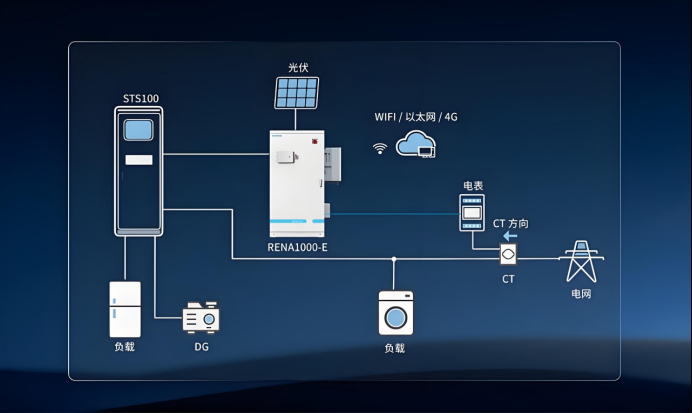Why is frequency stability important?
Aug 27, 2025
As societies accelerate the adoption of smart grids, distributed energy resources, and electric vehicles, the importance of maintaining stable frequency through precision timing devices such as crystal oscillators becomes increasingly evident.
Frequency stability in smart grids
Smart grids are designed to balance supply and demand dynamically. They integrate renewable generation, real-time monitoring, and advanced control systems. For these systems to function seamlessly, frequency must remain stable across the entire network. Even small deviations can lead to synchronization problems between substations, energy storage units, and transmission infrastructure. A crystal oscillator provides the time reference needed for accurate communication protocols, grid synchronization, and protection systems, allowing distributed components to coordinate effectively.
Distributed energy systems: solar and wind integration
Photovoltaic and wind power are inherently variable due to environmental conditions. When integrated into the grid, these fluctuations must be managed carefully to avoid instability. Stable frequency references are used in inverter control, phase alignment, and grid-tied synchronization. Without precise timing, energy from solar panels or wind turbines cannot be reliably fed into the larger network. Crystal oscillators serve as the cornerstone for inverters and power conditioning equipment, ensuring consistent energy conversion and preventing power quality issues such as harmonics or voltage sags.
Energy storage and electric vehicles
The growth of electric vehicles (EVs) and large-scale battery storage highlights another critical area where frequency stability matters. EV charging stations rely on accurate frequency control to manage high-power electronics, bidirectional charging, and communication with grid operators. Similarly, stationary battery energy storage systems depend on synchronized frequency references for safe charging, discharging, and integration with renewable sources. By embedding high-precision oscillators, these systems can interact smoothly with the grid while maximizing efficiency and safety.
Wider impacts of frequency stability
Beyond energy generation and storage, stable frequency supports communication between devices in industrial automation, monitoring, and control networks. In the context of renewable energy integration, precise timing minimizes downtime, improves forecasting accuracy, and enhances the resilience of the grid against sudden disturbances. It also enables advanced functions such as microgrid operation, islanding protection, and demand-response coordination.
As the transition to sustainable energy accelerates, the technical requirement for frequency stability is more critical than ever. From smart grids coordinating diverse power flows, to distributed renewable systems balancing variability, and electric vehicles interacting with large-scale storage, precision oscillators deliver the foundation for reliability. Without accurate timing references, energy systems would face instability, inefficiency, and safety risks. In this way, frequency stability is not just a technical specification—it is a prerequisite for the future of modern energy infrastructure.
Read More

